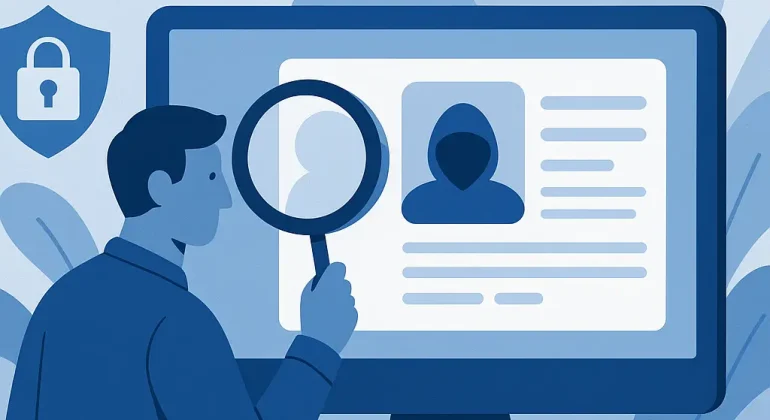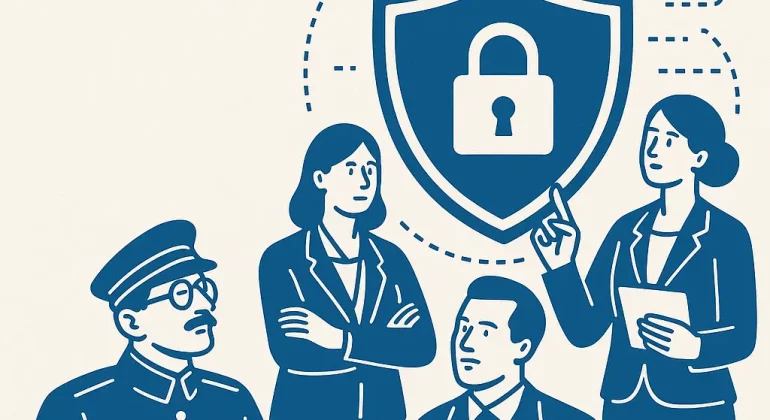Can artificial intelligence be legally protected as a software in France?
Artificial Intelligence (AI) represents both an industrial and legal revolution. As a key driver of innovation in software development, it raises a fundamental question: can AI be legally protected as software under current law? Addressing this requires an examination of the applicable legal frameworks primarily copyright and patent law as well as complementary protections, in light of existing legislation, including the EU Regulation 2024/1689 on artificial intelligence, commonly known as the AI Act.
Copyright protection
Eligibility criteria
Under French law, software is protected by copyright pursuant to Article L.112-2 13° of the Intellectual Property Code (IPC). This protection extends to original programs defined as those bearing “the imprint of the author’s personality” (CJEU, C-5/08, Infopaq). Protection arises automatically upon creation, without formal registration, subject to proof of authorship.
Limitations of protection
Algorithms, computational methods, and mathematical models, as such, are excluded from copyright protection under Article L.611-10 IPC. Moreover, works generated autonomously by AI without human intervention currently cannot be considered rights holders due to the absence of legal personality.
Patent protection
Patentability criteria
According to Article L.611-10 IPC and Article 52 of the European Patent Convention (EPC), software “as such” is not patentable. However, an AI program that produces a further technical effect beyond its implementation on a computer may be patentable, provided it satisfies the criteria of novelty, inventive step, and industrial applicability.
Specific considerations for generative AI
Generative AI systems (e.g., those producing images, code, or text) present particular challenges. They may be eligible for patent protection if they address a concrete technical problem (see EPO decision G 1/19). Purely abstract or algorithmic models remain excluded from patentability.
Other forms of protection
Trade secret
The French Law No. 2018-670 of 30 July 2018 on the Protection of Trade Secrets safeguards confidential information with economic value. This includes AI training datasets, model parameters, and proprietary architectures, provided reasonable protective measures are implemented (such as confidentiality agreements and access controls).
Database protection
Under Article L.341-1 IPC, databases are protected by sui generis rights if their creation involved a substantial investment. This protection can extend to AI training databases. However, individual, non-original data elements remain outside the scope of protection.
Legal risks associated with the use of AI
Using AI in software development may entail risks including violations of open-source licenses, inadvertent reproduction of protected works, and infringements of moral rights. Generated code must be carefully reviewed to ensure it does not constitute unauthorized derivative works. Non-compliance with the AI Act’s provider obligations (Articles 16 to 29) may also result in civil and administrative liability.
Conclusion
The legal protection of AI as software relies on a combination of frameworks: copyright (requiring human authorship), patents (for technical innovations), trade secrets, and database rights. The AI Act regulates AI deployment without conferring legal rights upon the AI itself, placing responsibility on human operators. Therefore, protection fundamentally depends on the extent of human involvement in the creation and use of AI technologies.
FAQ
1. Are AI algorithms patentable?
Not as such. They may be patentable if they produce a technical effect.
2. How can AI training data be protected?
Through trade secret law and potentially sui generis database rights.
3. Is AI-generated code protected by copyright?
Yes, if original human intervention can be demonstrated; otherwise, no.










